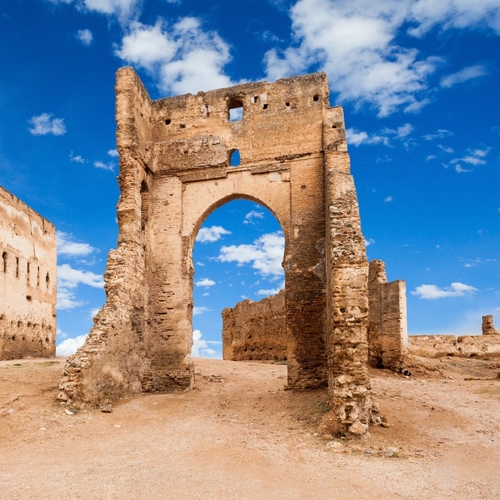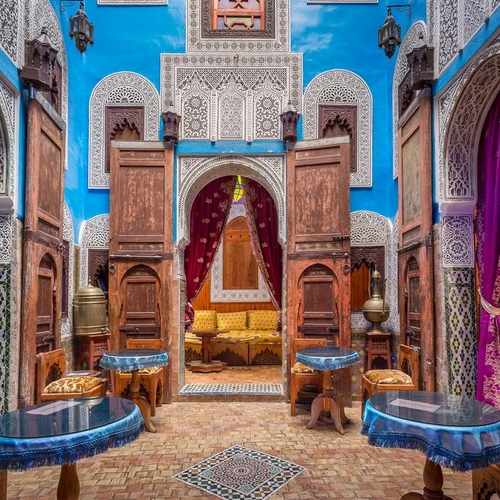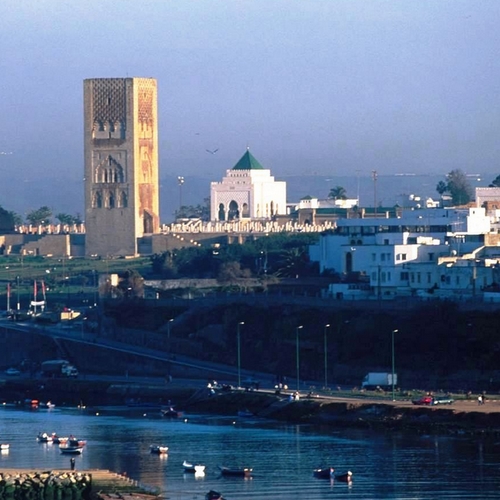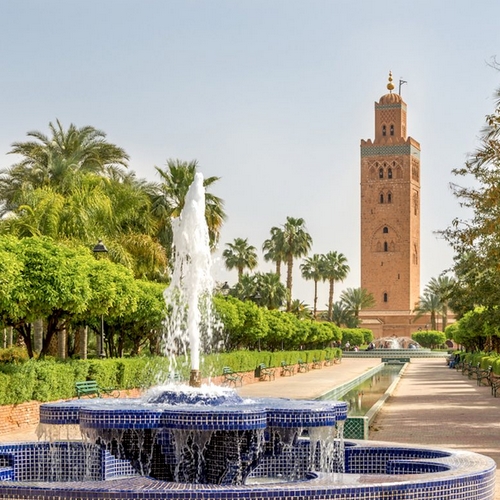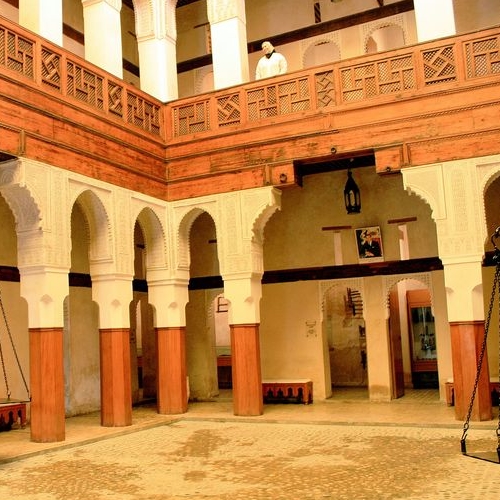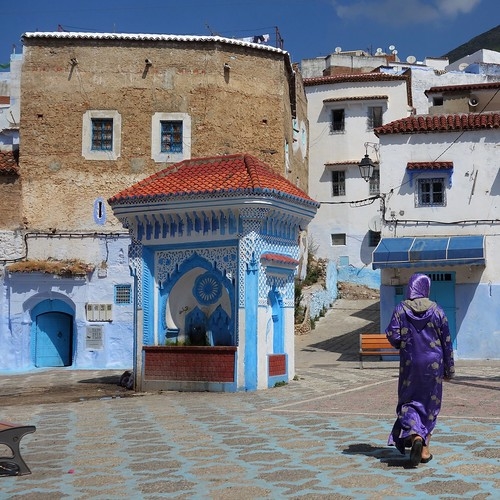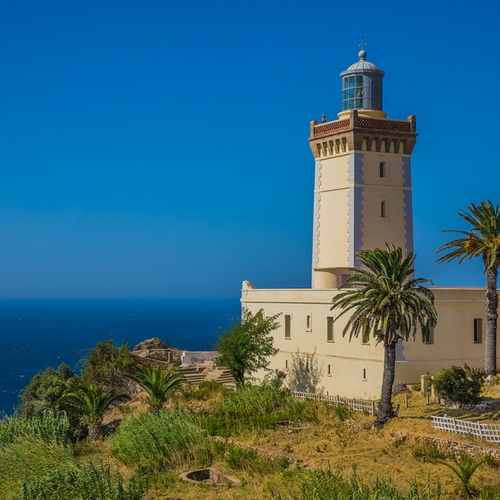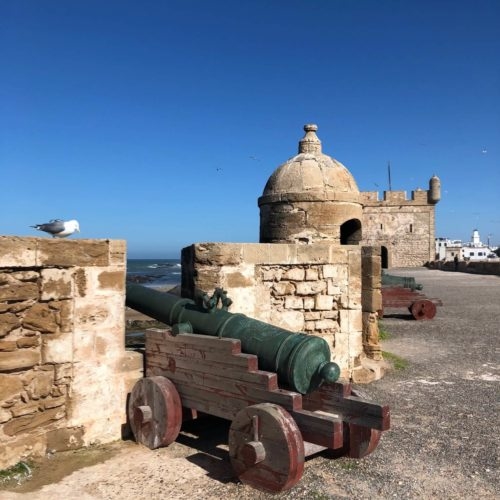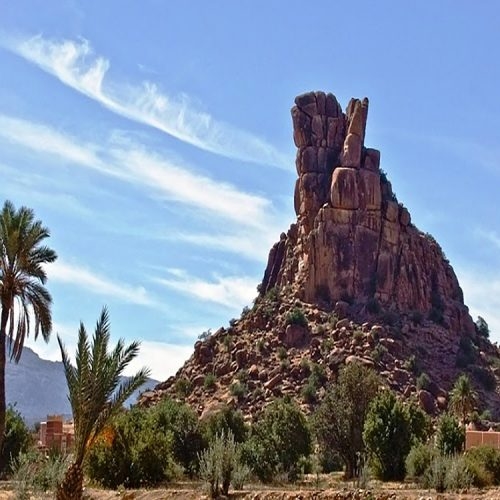Meknes
Dar Jamaï Museum:Built in 1882, the Dar el Jamaï palace luxuriously decorated in the style of the upper bourgeoisie of the late nineteenth century, exhibits carpets, sculptures, ceramics, goldsmiths, dresses, traditional fabrics, embroidery, paintings on wood; Chests, panels.
ROMAN RUINS OF VOLUBILIS:Ancient Roman city located in the territory of present-day Morocco, about 20 km north of Meknes, at the foot of Mount Zerhun, and 4 km from Mulay Idris, the holy city of Morocco. The archaeological site of Volubilis is possibly the best preserved Roman site in this area of North Africa. It was included in the UNESCO World Heritage list in 1997.
The site, which occupies about 20ha and although it has barely been excavated in half, contains countless archaeological remains and monuments. The most important are the forum, a basilica of the second century and the temple of Jupiter Capitoline, located, according to Roman custom, at the top of the city, and the Arc de Triomphe of Caracalla, located on the decumanus and built in 217 to thank the emperor for having extended Roman citizenship to all the free inhabitants of the empire.





